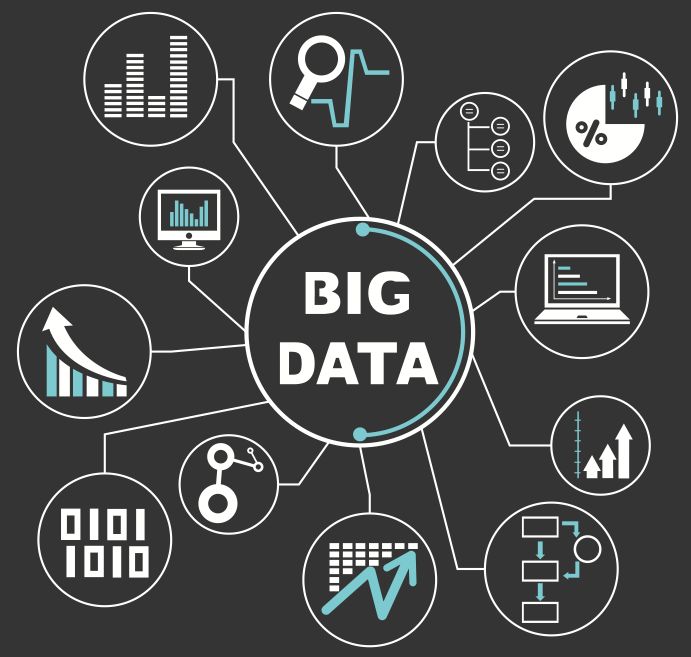In the realm of data science, choosing the right programming language is crucial. Among the myriad of options, Python has emerged as a favorite for both beginners and professionals. But why is Python so highly recommended for data science? Let’s explore its features, advantages, and why it stands out in the data science community.
1. Ease of Learning and Use
Python’s syntax is simple, readable, and intuitive, making it an excellent choice for beginners. Its learning curve is gentle, allowing new users to focus more on solving data problems rather than grappling with complex code structures. For seasoned professionals, Python’s versatility enables efficient implementation of complex algorithms and workflows.
2. Comprehensive Libraries and Frameworks
Python boasts an extensive ecosystem of libraries and frameworks tailored for data science. Here are a few key ones:
- NumPy and Pandas: Essential for numerical computing and data manipulation.
- Matplotlib and Seaborn: Powerful tools for data visualization.
- Scikit-learn: A comprehensive library for machine learning.
- TensorFlow and PyTorch: Popular frameworks for deep learning and AI.
These libraries significantly reduce the time and effort required to perform data analysis, build models, and visualize results.
3. Versatility Across Applications
Python is not limited to data science. Its versatility extends to web development, automation, artificial intelligence, and more. This makes Python a one-stop solution for professionals who wish to integrate data science with other domains seamlessly.
4. Strong Community Support
Python has a vast and active community of developers and data scientists. This means a wealth of resources, tutorials, and forums are readily available for troubleshooting and learning. Beginners can find support easily, while experts contribute to the constant evolution of Python’s capabilities.
5. Open Source and Cross-Platform Compatibility
Python is open-source, meaning it’s free to use and supported by a global community. It is also cross-platform, allowing data scientists to run their Python code on Windows, macOS, or Linux without modification.
6. Integration with Other Tools
Python integrates seamlessly with big data tools and frameworks like Apache Spark, Hadoop, and SQL databases. This makes it ideal for handling large-scale data science projects that require collaboration with other technologies.
7. Continuous Updates and Innovations
Python’s ecosystem is constantly evolving, with new libraries, updates, and features being introduced regularly. This ensures that Python remains at the forefront of technological advancements in data science.
Conclusion
Yes, Python is highly recommended for data science. Its simplicity, extensive library support, versatility, and strong community make it an ideal choice for both beginners and experienced professionals. Whether you are analyzing data, building machine learning models, or diving into deep learning, Python provides the tools and flexibility to excel in the field of data science.

